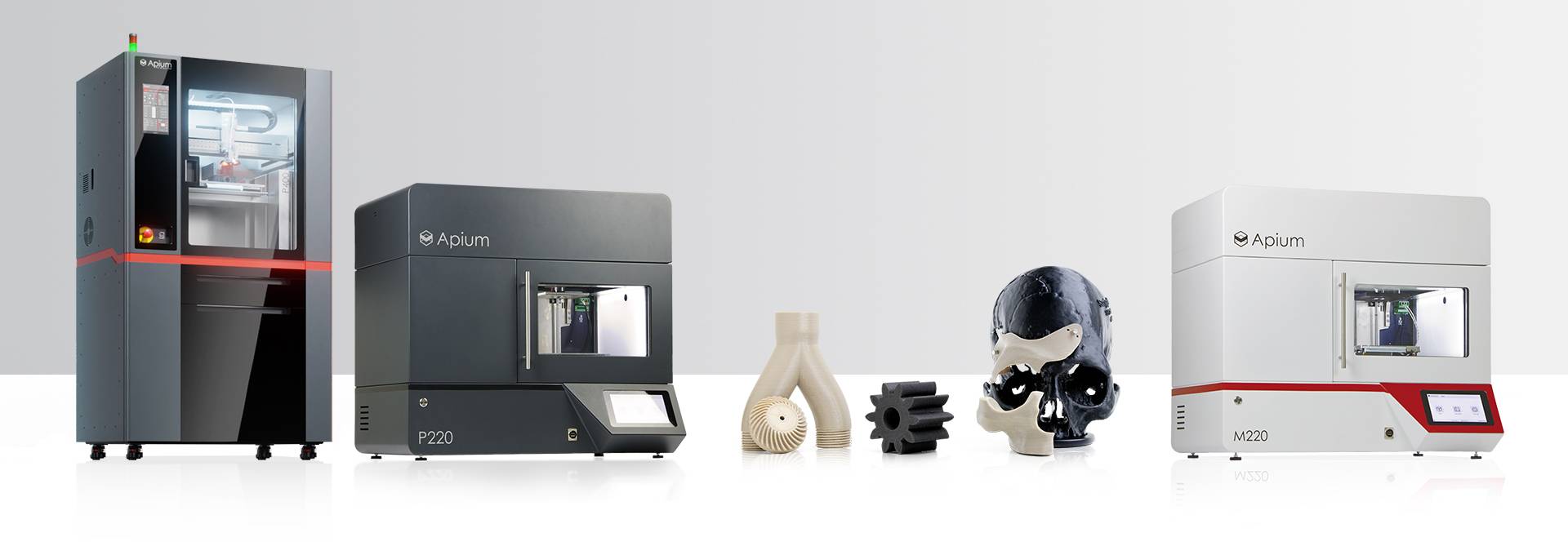
Breakthroughs
The University of Erlangen-Nuremberg, Germany (www.fau.eu), has successfully applied advanced 3D printing technology: a spiral antenna was created using PEEK, a high-performance thermoplastic material known for its mechanical strength and biocompatibility. The unique feature of this antenna is the integration of conductive ink, which makes it possible to create the antenna directly in the 3D printed PEEK part and represents a significant advancement in the integration of high-performance materials and electronics.
Process
This spiral antenna is created by careful design and layer-by-layer printing using PEEK material. During this process, the conductive ink is precisely calculated to ensure optimum conductivity. An important point of innovation is the successful sintering process, which only requires 150°C. This temperature is low enough to maintain the integrity of the PEEK structure and the conductive elements, which is a major technological breakthrough as it changes the traditional limitations of high temperature sintering on the material. The ability to sinter at temperatures as low as 150°C is a game changer. Such low-temperature sintering opens up the possibility of integrating electronic components into a heat-sensitive material like PEEK without compromising the structural integrity of the material.
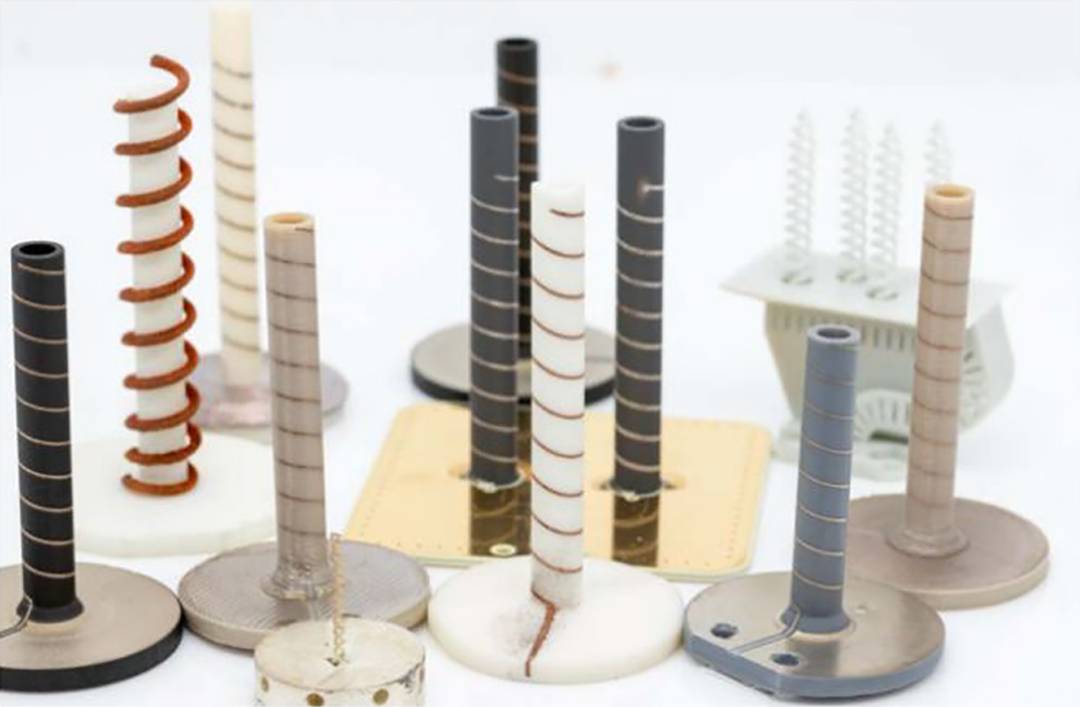
Key Advantages
Nozzle Temperature Control
The ability to sinter at temperatures as low as 150°C is a game changer. This low temperature sintering makes it possible to integrate electronic components into heat sensitive materials like PEEK without compromising the structural integrity of the material.
Biocompatibility And Durability
PEEK's inherent excellent biocompatibility, combined with the high durability of 3D printed structures, ensures that these antennas are suitable for use in a wide range of applications, from medical devices to aerospace.
Customization And Rapid Iteration
3D printing technology enables rapid prototyping of complex designs, which makes it possible to customize helical antennas for specific applications and to test and iterate at unprecedented speeds.
Applications
Internet of Things (IoT): The versatility of PEEK and the conductivity of the printed antennas make them perfect for IoT devices, enabling seamless communication in smart environments.
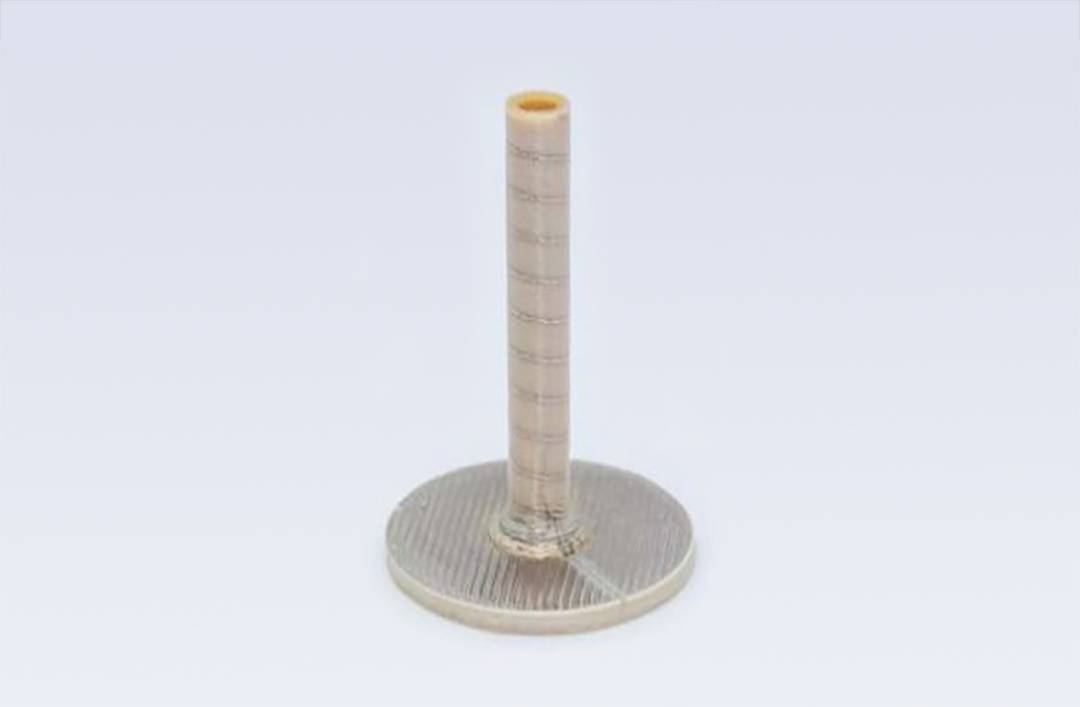
Aerospace Technology: Lightweight, durable, and temperature-resistant, these antennas are ideal for aerospace applications, including satellites and unmanned aerial vehicles.
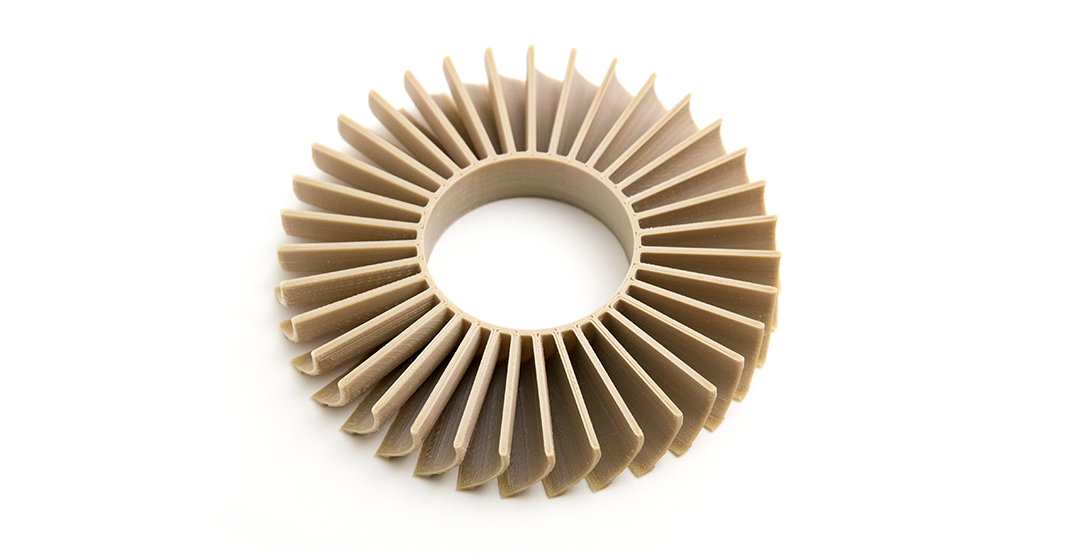

Medical Devices: Imagine integrating these antennas into medical implants or devices, providing real-time monitoring and communication within the body.
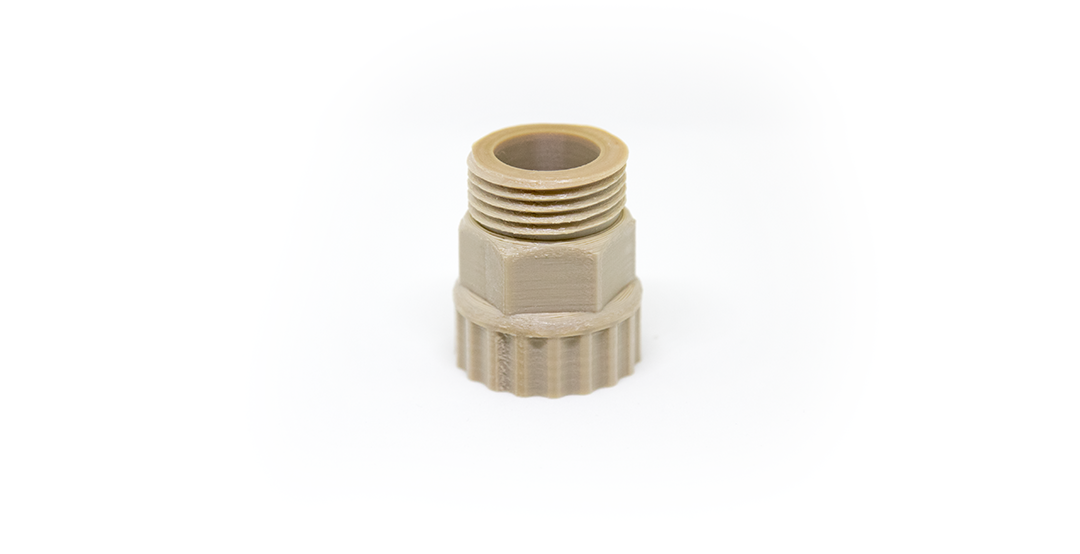
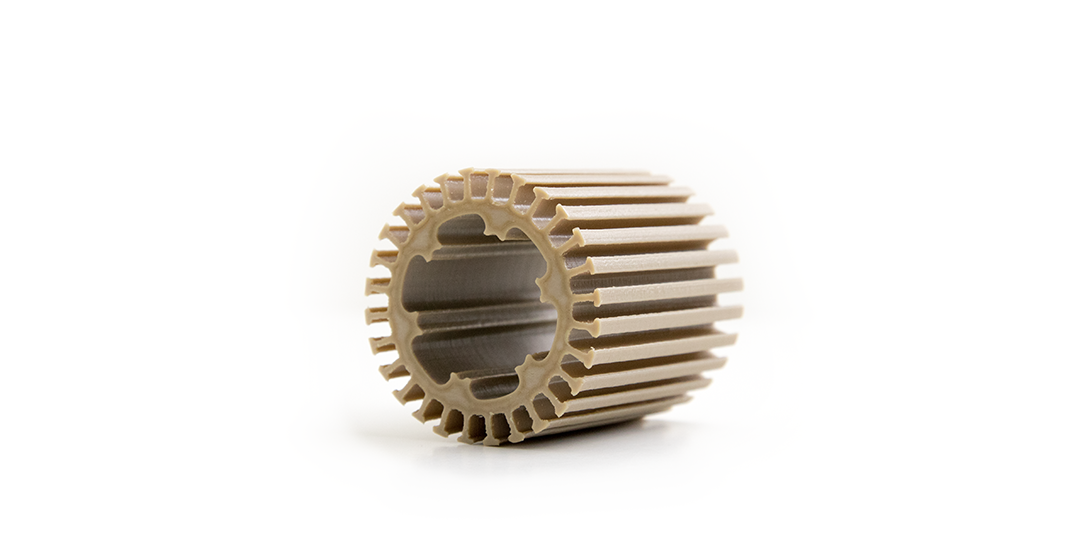
Looking Ahead
The successful combination of 3D printing technology, PEEK materials and conductive inks in helical antennas marks a new era in connectivity solutions. As we continue to explore the vast potential of additive manufacturing, the intersection of materials science and technology will lead to breakthroughs.
Original link:www.facebook.com




























 Home
Home Telephone
Telephone Message
Message







